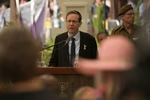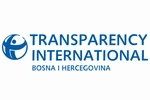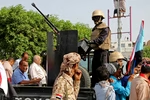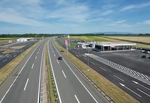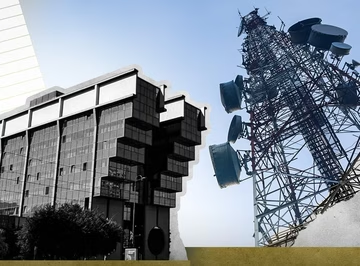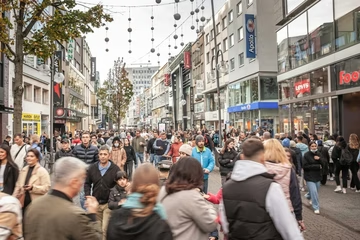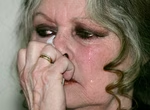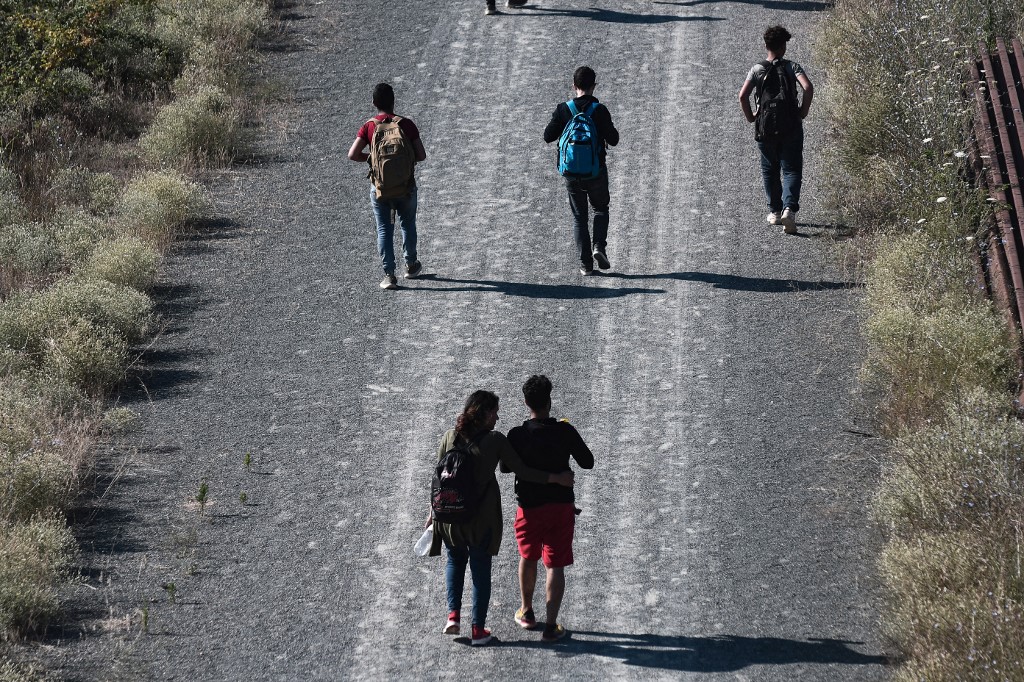
After her stay in Bosnia and Herzegovina and Croatia, the head of international protection at the UN Refugee Agency UNHCR commented on the violent actions of some members of the Croatian border police, but also welcomed the government’s decision to address the growing number of reports by establishing an independent body to monitor the situation.
“We have received many credible reports about the violent treatment of refugees and migrants by the border police,” she said in the interview which Hina published on Tuesday.
NGOs and human rights organisations, the Council of Europe, and the Western media outlets have been warning about violent actions, the so-called pushbacks, beatings, confiscation of money, mobile phones, clothes, and so on, calling on the Croatian authorities to fully investigate and end such practices.
“Human rights should be respected, whether these people are refugees or not, they should not be mistreated,” Triggs said while visiting Zagreb in order to learn more about how the asylum system in Croatia functions.
Croatian police and authorities regularly dismiss allegations of violence against refugees and migrants, saying they are investigating all complaints.
“Refugees intercepted while crossing the border in an irregular manner must be allowed to apply for asylum if that was their intention,” Triggs said. “Strengthen the asylum system at the border so that you can assess who is a refugee and who is not.”
The Croatian authorities have the right to send back migrants, but not refugees, and they must “have the opportunity to assess who is in need of international protection and who is not,” she said.
Independent body to monitor proceedings at the border
Triggs welcomed the establishment of an independent national border monitoring mechanism, which should soon become operational.
“We congratulate the Croatian government on establishing an independent body to address these reports and monitor and investigate them,” she said. “Croatia is the first country in the EU to do so.”
In recent months, the head of international protection at UNHCR has visited Cyprus, Malta, and Greece, and the assessment mission will continue in Italy and Spain, thus covering the countries at the external border of the European Union which are facing mixed movements due to their geographical location.
Since the migrant crisis of 2015, countries at the EU’s external borders have borne a huge burden that the bloc is has struggled to distribute evenly.
Croatia has accepted 250 Syrian refugees under its resettlement program
The EU has therefore concluded a deal with Turkey, including on the resettlement of Syrian refugees by EU member states. Croatia has so far received 250 of them and has made a pledge to receive another hundred.
Triggs said it was “very positive” that Croatia, facing a demographic decline and emigration, is considering introducing a regular annual resettlement quota, which she discussed with the Minister of Foreign and European Affairs and State Secretary at the Ministry of the Interior, Terezija Gras.
She also welcomed the program of educating foreigners in Croatia.
Encourage refugees to stay
Given the need for a young workforce, refugees granted protection should be encouraged not to move onward for the Western countries after the two-year government integration support ceases, as Croatia is a “wonderful country to live in,” Triggs advised.
Unfortunately, out of ten Syrian families resettled to Sisak, only two remained in Croatia and the others departed for the West.
“By better informing these people, it is possible to convince them to stay. Instead of considering Croatia as a transit country, these people will realize that they have opportunities here,” she said of young families with children who can get a solid education.
She believes that the Croatian refugee integration program is “excellent”, while more Croatian language courses, education, training programs and other similar initiatives would further help.
An example of a good integration program is a three-month internship that IKEA developed in partnership with UNHCR, which provides participants with a certificate attesting work experience from the Swedish giant in home furnishing and helps them find a job, including at IKEA.
Almost forgotten communities displaced by the war of the 90s
During her stay in Croatia, the UNHCR official also visited Petrinja, where she met a family whose housing issue was finally resolved, 26 years after the war as part of the Regional Housing Program (RHP), which includes Croatia, Bosnia and Herzegovina, Montenegro and Serbia.
So far, Croatian authorities have provided housing units for some 360 of the 411 families planned under the EU- and US-funded RHP, implemented by partner countries in co-operation with UNHCR and OSCE, to end the chapter on regional displacement through providing sustainable housing solutions and facilitating access to rights of former refugees, returnees and internally displaced persons.
The UNHCR’s mandate also includes the status of stateless persons, including those 3,000 in Croatia, mostly Roma, who self-declared as either stateless or at risk od stateless in the last population census, Triggs said.
Apart from Zagreb, where she visited the Zagreb Reception Center for Asylum Seekers (most commonly referred to as “Porin”), she also traveled to Petrinja, where she met a nine-year-old stateless girl who, due to the lack of an OIB, could not obtain a certificate of completion of the first grade of primary school.
Due to a number of bureaucratic obstacles, the process of resolving the status of stateless people is complex and Triggs welcomes the fact that Croatia is a signatory to the two UN Statelessness Conventions, and praises the Secretary of State at the Ministry of the Interior.
“She is very well acquainted with this issue and dedicated to solving it,” she said of Terezija Gras, whose competencies have impressed her.
“UNHCR stands ready to support the government in taking a step further and establishing a statelessness determination procedure that would allow for quick and efficient processing of cases like the one of the stateless child,” Triggs added.
The number of people displaced around the world will continue to grow
The picture of our planet from the point of view of migrants and those forcibly displaced is not rosy, said the UNHCR official in the conclusion of the interview.
On the occasion of World Refugee Day on June 20, she warned that today there are 82.4 million forcibly displaced people in the world, which is more than twice as many in the past decade.
But that number is in reality far, far higher, she stressed in an interview she gave just on the day NATO announced the end of its military mission in Afghanistan from where people are fleeing again due to clashes between government forces and the Taliban.
“Wars and conflicts are the main drivers of forced migration, and climate change will be an increasingly powerful cause of forced displacement leading to violence due to lack of resources, which we already see, for example, in the Sahel region of Africa”, she said.
Covid-19 is a “very, very worrying” issue, Triggs said, warning of the serious economic and social consequences of a pandemic.
Covid has set back the successes achieved in recent years, for example in educating girls that the pandemic has stopped and many of those girls will never return to the education system, she said.
The pandemic wiped out jobs, left people without income, spurred the growth of poverty and the rise of domestic violence.
“Covid has greatly reversed the progress made and it will take years to rebuild it,” she said.
She added that UNHCR is working with the World Bank and regional banks to help invest in countries to recover economies and help all vulnerable people, not just refugees, rebuild their lives.
Kakvo je tvoje mišljenje o ovome?
Učestvuj u diskusiji ili pročitaj komentare





 Srbija
Srbija
 Hrvatska
Hrvatska
 Slovenija
Slovenija




























